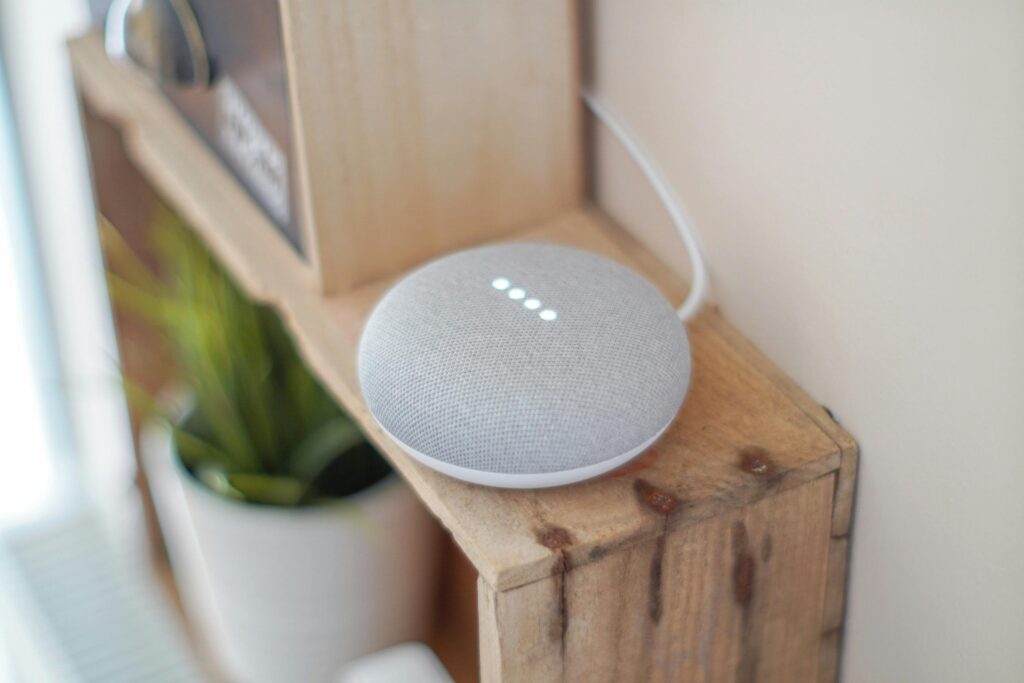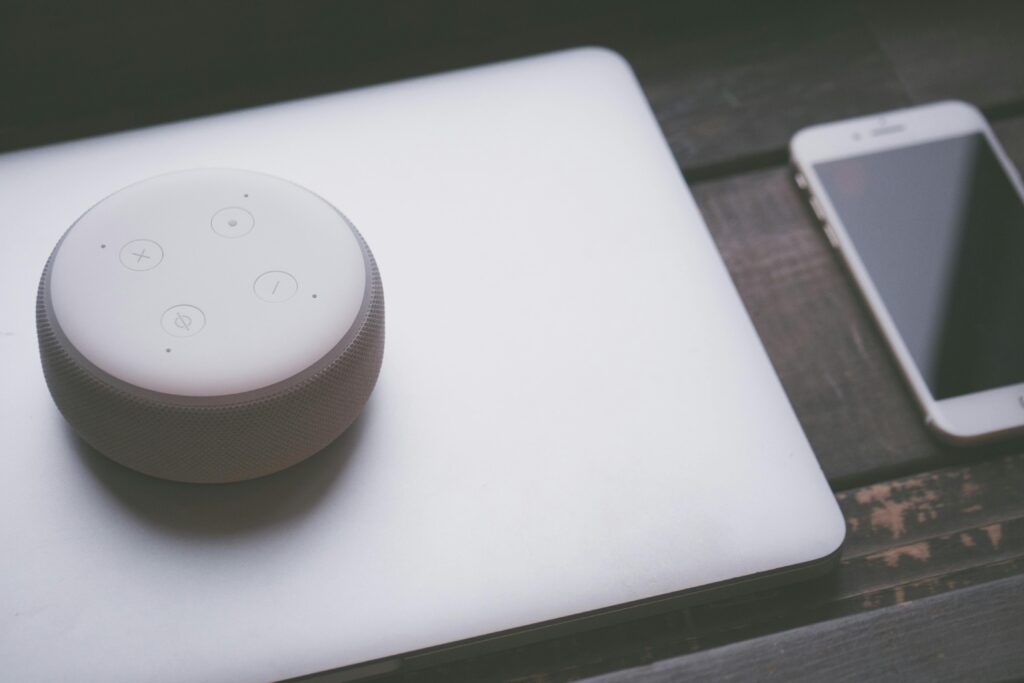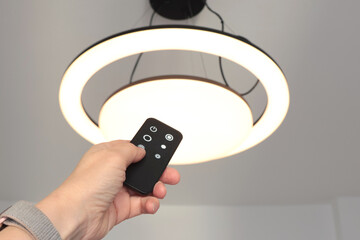Smart home automation systems have revolutionized how we interact with our living spaces, offering unparalleled convenience, energy efficiency, and security. With so many options on the market, choosing the right system can be overwhelming. In this guide, we’ll explore the top five smart home automation systems that provide seamless integration, advanced features, and user-friendly interfaces.
1. Amazon Alexa
Amazon Alexa is one of the most widely used smart home automation platforms, known for its voice-controlled capabilities and compatibility with thousands of smart devices.
Key Features:
- Voice commands for controlling lights, thermostats, locks, and more.
- Integration with third-party services such as Spotify, Uber, and smart security systems.
- Affordable range of Echo devices for different budgets.
Best For: Homeowners looking for a cost-effective, voice-driven smart home with wide compatibility.
2. Google Home (Google Assistant)
Google Home, powered by Google Assistant, is another major contender in smart home automation. It offers seamless integration with Google services like Calendar, Maps, and Chromecast.
Key Features:
- Natural language processing for highly accurate voice commands.
- Strong integration with Google Nest smart devices.
- Supports routines and automation for multiple devices.
Best For: Users who rely on Google services and want a deeply integrated smart home experience.
3. Apple HomeKit
Apple’s HomeKit is designed for Apple users who want a secure and private smart home ecosystem. It allows control via the Home app on iPhones, iPads, and Mac devices.
Key Features:
- End-to-end encryption for high-level security.
- Seamless control through Siri voice commands.
- Works with brands like Lutron, Ecobee, and Philips Hue.
Best For: Apple enthusiasts who prioritize security, privacy, and device continuity.
4. Samsung SmartThings
SmartThings by Samsung is a versatile smart home hub that connects various smart devices into one unified system. It’s ideal for users who want flexibility in device compatibility.
Key Features:
- Supports Zigbee and Z-Wave devices.
- Allows automation routines for smart lighting, security, and energy management.
- Compatible with Google Assistant, Alexa, and Samsung devices.
Best For: Tech-savvy homeowners who want maximum device compatibility and customization.
5. Hubitat Elevation
Hubitat Elevation is a local-based smart home automation system, meaning it doesn’t rely on cloud servers for operation. This results in faster response times and increased privacy.
Key Features:
- No reliance on internet/cloud services for automation.
- High customization with advanced rule-based automation.
- Works with Zigbee, Z-Wave, and LAN-based devices.
Best For: Advanced users who want local control, fast automation, and high security.
Lutron Caséta Wireless Integration
Lutron Caséta Wireless is one of the most reliable smart lighting control systems, offering seamless integration with many of the top smart home automation platforms. Whether you’re using Amazon Alexa, Google Home, Apple HomeKit, Samsung SmartThings, or Hubitat Elevation, Lutron Caséta allows you to control your lighting with ease.
Key Features:
- Wireless dimming and scheduling for smart lighting.
- Compatibility with Alexa, Google Assistant, and Siri for voice control.
- Works with Lutron Pico remotes for manual control.
- Advanced automation through geofencing, scenes, and smart home routines.
Lutron Caséta provides a robust and reliable lighting automation system, making it a great addition to any smart home setup. You can get good discounts on Lutron here, the system is worthwhile so discounts are always great/
Conclusion
Choosing the right smart home automation system depends on your preferences, budget, and existing smart devices. Whether you prioritize voice control, security, or extensive automation, there’s a system that fits your needs. Amazon Alexa and Google Home are great for voice-driven automation, Apple HomeKit ensures privacy, Samsung SmartThings offers wide compatibility, and Hubitat Elevation delivers local control.
Stay tuned for more insights into smart home technology in upcoming blog posts!


